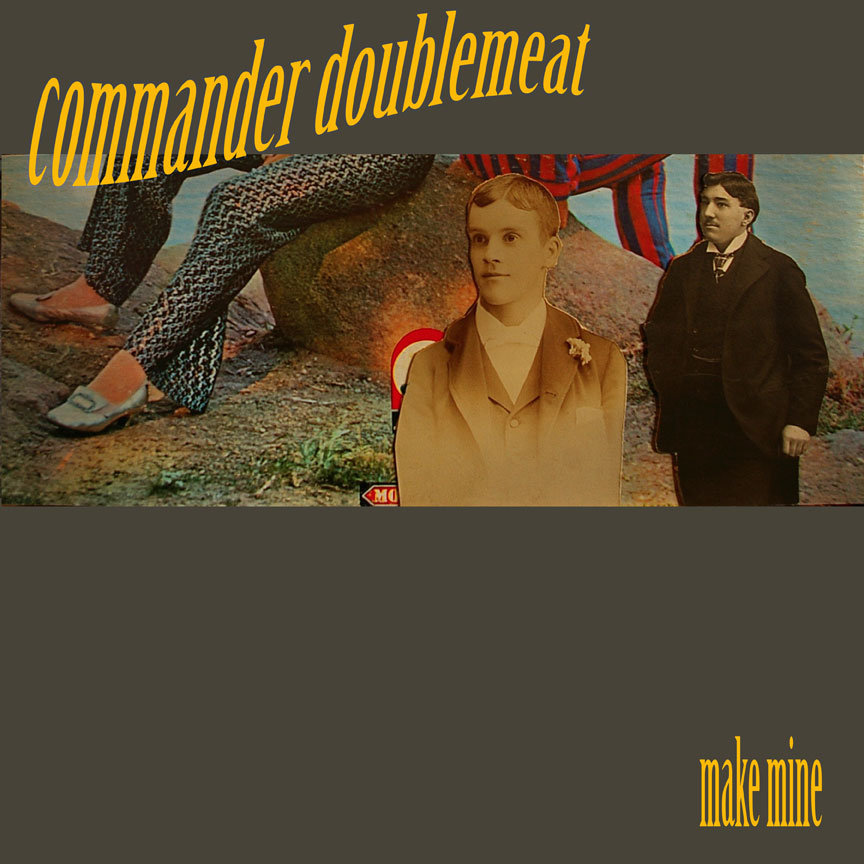“Grace & Fury” was the name of my teaching studio from about 1994 through 2000. It was also the name of an online guitar magazine I operated. In late 2007 I resurrected the name for a column I was contributing to Heavy Frequency magazine. I had planned for a series of six articles, but before I could complete them the HF staff decided to cease operation (uhh … purely coincidental, I’m sure). For posterity and the sake of archiving I’ll repost them here.
Intro
Welcome again to Grace and Fury where we attempt to synchronize six strings, twenty-odd frets, two hands, ten fingers and one brain over space and time with a high degree of accuracy. Sounds pretty challenging, doesn’t it? Though our purpose here is to address challenging and technical topics, it’s not rocket science, after all–it’s just guitar. This month’s installment will approach the ever confounding technique of string skipping. Mind you, this is discussion is not about difficulty for difficulty’s sake. The ability to apply this concept is musically valid and creatively inspirational. The 12 measures below will serve as a primer to get the hands in the habit of hopping across the neck with grace (and fury, of course).
Principles
This piece is based in the key of C major. A key signature (that little Rorschach Test of flats or sharps next to the clef) indicates the key of a piece of music. The absence flats or sharps, as in our example, equals C major (the set of notes C, D, E, F, G, A, B). Changes to this series are shown by flats or sharps – known as accidentals – within the music (as in measure 11). The first eight measures basically walk a pattern through fingerings of the diatonic modes of C. Don’t let the m word frighten you; modes are very easily understood. If you picture the notes of any major scale in a circle, those same notes in the same order but starting at some other point than the root (first) note can be called a mode. It is plain to see that D, E, F, G, A, B, C – aka D Dorian – is the same set of notes above called C major. By barely altering the same basic stuff, we get a new name, a new sound and, as it applies to (not) Rocket Science, new fingerings.
Deep breath. With me? Good.
The remaining measures imply the chord progression Am7, C, D, and G7. An implied chord is one that can be assumed in context without literally being spelled out in full, as introduced in the add 9 ad nauseam column.
Fretting
Those familiar with such things will recognize the fingerings of the Ionian, Dorian and Phrygian modes. Sound Greek to you? They are. As a matter of fact, Plato and Aristotle made references to said musical topics as early as 350 B.C. (No charge for the Western Civ lesson …) Knowledge of these scale forms is useful but not essential to playing the piece at hand in specific and navigating the entire neck in general.
Keep finger movement to a minimum by using compact motions. Having digits flying around will slow you down in the long run by introducing wasted energy into the system. As always, it is helpful to let fingers and forearm be relaxed when running through shapes and moving between positions. Also, keeping the wrist dropped will help with fretting accuracy by allowing fingertip access to all notes. Once the geography of the whole piece is familiar to you it will be easier to play smoothly as the fingers will, in a sense, know where they are going next.
Picking
This is the most difficult aspect of string skipping. It’s one thing to execute the fingerings here, but the simple fact that strings get in the way as you try to attack other non-adjacent strings can cause frustration and bog you down. With regard to picking the single most important tip is about the tip: use only the very point of your pick. At the very largest, your heaviest string is probably in the neighborhood of .056 of an inch thick. It doesn’t take much more than that depth to sound the string. In other words, there is no need to be digging into the strings half a plectrum deep to pick a note. This applies to all single note playing, really; it’s all about eliminating friction and unneeded motion. It stands to reason that if you are barely breaking the plane of the strings it will be easier to jump from one to another.
Technique aside, the picking directions will also be helpful in making things smooth. Play as written to discover the and ingrain the directional logic. (Hey, it sounds better than “do as I say, it’s for your own good, man!”) Keep your wrist loose and use small motions – remember the string is also only .056 of an inch across.
Conclusion
Once you digest the concepts of (not) Rocket Science you’ll be able to develop your own variations and personal mutations. If you spend enough time working up the ideas, skipping strings will be a natural, subliminal addition to your bag of techniques, a colorful element that will spring up in your writing and performing.

(not) rocket science – 2008 Van Horn


















